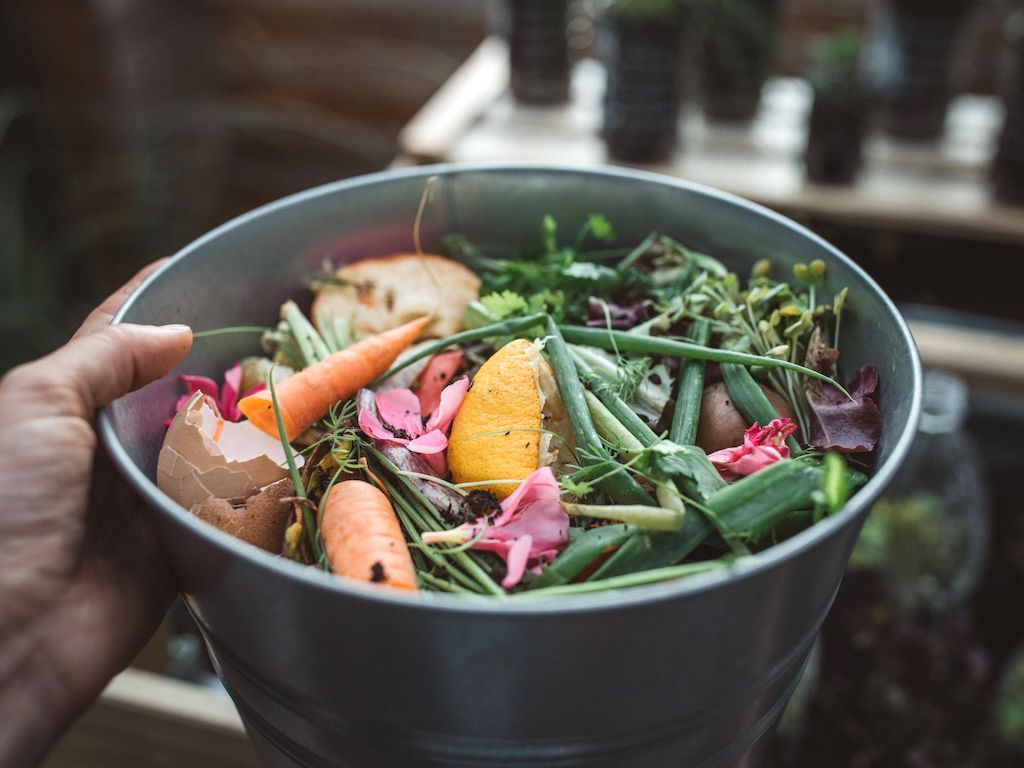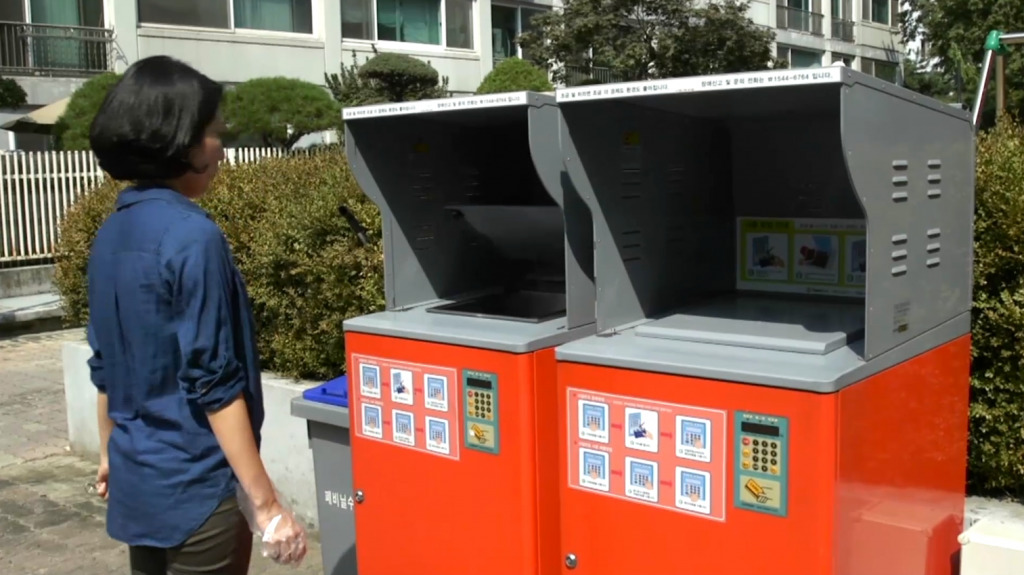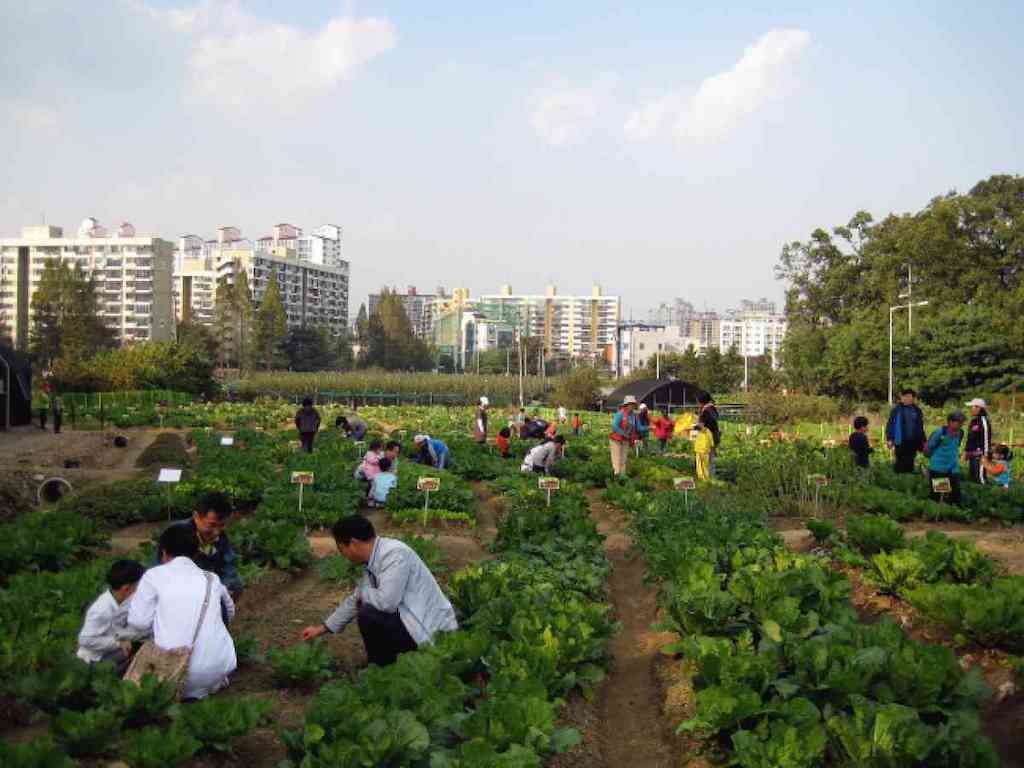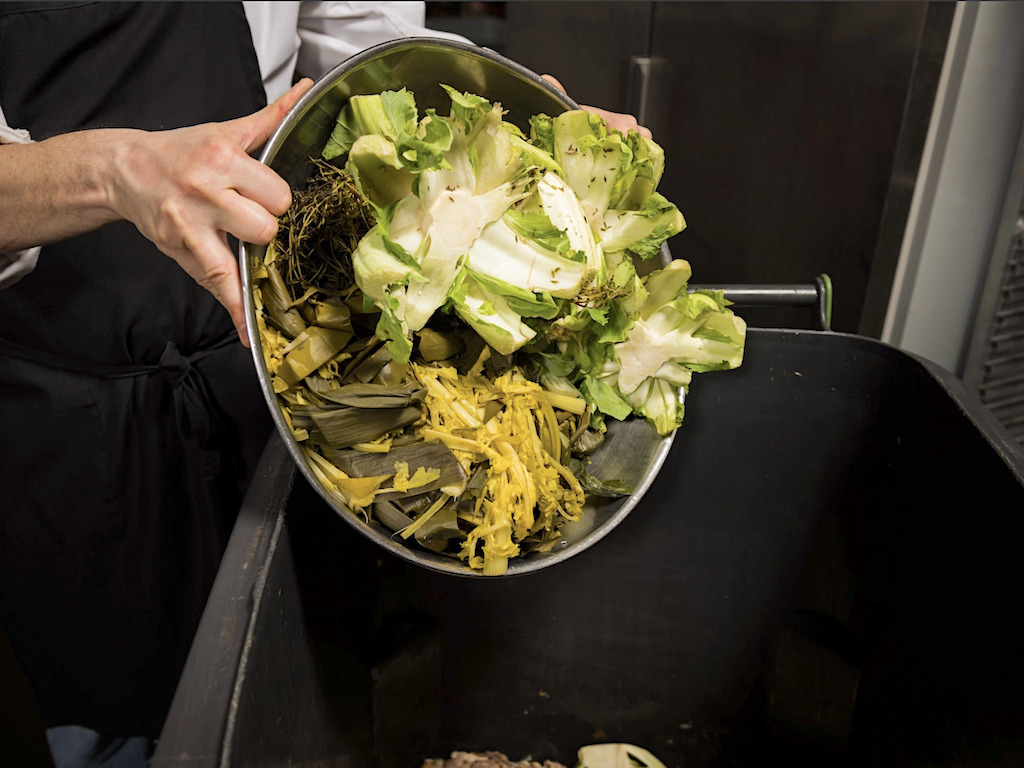4 Mins Read
South Korea used to recycle just 2% of its food waste, but has since impressively brought this figure up to 95%. How? The country has tapped innovative technologies such as smart bins and bolstering local food production by setting up urban farms, as well as introducing compulsory household food waste recycling. It’s setting an example for its neighbours in Asia, a region that collectively accounts for nearly half of the world’s wasted food.
With the world throwing out a whopping 1.3 billion tonnes of food every single year, driving 10% of the global greenhouse gas emissions while more than 1 billion people continue to face hunger, food waste is an issue that is in desperate need of concerted action.
South Korea is now leading on tackling food waste, having managed to ramp up its food waste recycling rates from just 2% in 1995 to 95% in 2019, according to a report from the World Economic Forum (WEF). While recycling is just one part of the solution, with food loss across the entire supply chain from production to retail also crucial to the fight, the nation’s push to recycle wasted food is setting an example for other countries who are struggling to clamp down on the amount of food they toss out.
Read: South Korea becomes latest Asian nation to make net-zero pledge

As a whole, Asia is responsible for generating over 50% of the world’s food waste – and this figure is set to rise as the continent becomes richer, more urbanised and populated. If 20 million of the 1.3 billion tonnes of the world’s wasted food can be cut, “significant impacts” could be delivered for the global food system by the end of this decade, WEF report says.
Another report, published by a collaborative research group based in the U.S. and Europe, says that enormous amounts of carbon dioxide could be saved if just one in five people in richer countries made two major changes to their food consumption: slashing food waste and adopting a plant-based diet.
So how exactly has South Korea managed to recycle most of the food it wastes? In 2013, the country began implementing a compulsory food waste recycling program, where households pay US$6 per month for each biodegradable bag of wasted food it throws out – a small fee that had a big impact on the amount of food being thrown out.

While the collected food ends up being recycled as fertiliser, South Korea’s mandatory charging scheme has also encouraged families to begin home composting and reduce the levels of food actually needing to go towards recycling.
Read: Which diet creates the least amount of food waste?
South Korea has also tapped technologies like smart bins, installing more than 6,000 automatic trash bins across the capital Seoul. These bins weigh residents’ food waste, and charges them for the recycling infrastructure that the government operates. According to officials, this pay for your food waste recycling scheme has helped to slash the amount of food waste in Seoul by 47,000 tonnes within just six years.
The weighing technology also comes with another incentive for residents to help alleviate the burden of recycling. In order to pay less, your food has to weigh less – and 80% of the weight of food waste comes from moisture.

Residents are therefore encouraged to remove moisture before they bring their recycling in, saving Seoul authorities as much as US$8.4 million in collection charges.
What happens when food waste is turned into fertiliser? South Korea then uses it to support its local food production plans, sending them to urban farms and community gardens. Since the scheme began in the early 2010s, the number of farming initiatives in Seoul have surged six-fold, covering an area equivalent to the size of 240 football fields.
Locally grown food then means less transportation between production to retail, minimising the chances of food loss in the middle of the supply chain due to spoilage, travel and refrigeration.
Want to take action? Start now with these 13 things you can do to cut down on food waste and save the planet.
Lead image courtesy of iStock.




